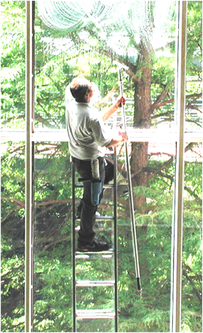
What is your first reaction to the sight of a worker performing a task that puts the worker, or the public, at risk of an injury? It is natural to want to prevent injuries and there is nothing wrong with that.
However just stopping the job, even if the worker agrees, may have lasting negative effects. Indeed it could actually cause the behavior to go underground or perform that task while no one is watching.
When I was a young man working construction, I was instructed to drop my tools, stay off ladders, and make myself scarce because OSHA was on-site. The thought was that they were only here to look for and penalize workers for getting the job done. No worker, no fine.
This type of “on the job training” indicates a system that underlies, encourages, and supports at-risk behaviors. In some cases these systems can be subtle and difficult to discover.
I have written a series of articles on workplace safety:
Part 1
Part 2
However just stopping the job, even if the worker agrees, may have lasting negative effects. Indeed it could actually cause the behavior to go underground or perform that task while no one is watching.
When I was a young man working construction, I was instructed to drop my tools, stay off ladders, and make myself scarce because OSHA was on-site. The thought was that they were only here to look for and penalize workers for getting the job done. No worker, no fine.
This type of “on the job training” indicates a system that underlies, encourages, and supports at-risk behaviors. In some cases these systems can be subtle and difficult to discover.
I have written a series of articles on workplace safety:
Part 1
Part 2

 RSS Feed
RSS Feed
